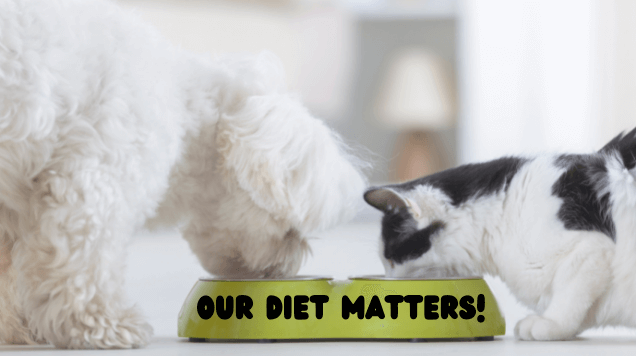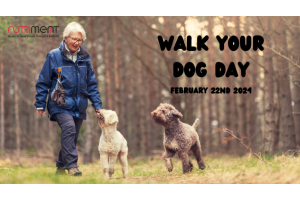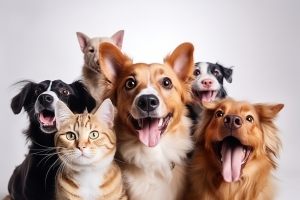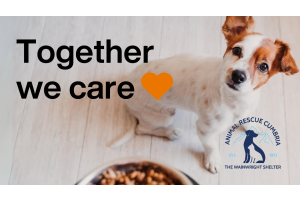Diet and health in cats and dogs

Diet and health in cats and dogs
The development of processed human food over the last 100 years has had undeniable detrimental effects on human health. Obesity, diabetes, and heart disease rates have never been higher, food intolerances and allergies are rife, today, one in two people will develop cancer at some point in their lifetime, and poor mental and behaviour health have strong associations with diet – it seems to be an undeniable truth that many people are only just starting to acknowledge.
Read the World Health Organisation’s position on the importance of nutrition.
Every single reputable animal professional, institution and charity agree that just like humans, an animal’s diet directly effects its health. And who is in control of our domesticated pets’ diets? That’s right – us humans. What does this mean? Well, if we’re not prioritising our own health when it comes to diet and nutrition, what does that indicate for the diets and health of the animals that we care for?
A little bit of history
Canned pet food was first invented in the 1920s and contained horse meat. Following the meat rations imposed in WWII and kickback from horse lovers, kibble was invented in the 1950s to satisfy convenient pet food demand. Using filler ingredients such as wheat and corn to bulk out the product and keep costs low, these commercial pet food products fast became the staple diet for domestic pets around the world. It’s important to remember here that the ingredients were chosen for cost and convenience, rather than for supporting pet health. Unfortunately, this approach has remained prominent in commercial pet foods since.
Canine and feline biology
Dogs and cats rely heavily on high-quality protein in their diet to support a huge variety of bodily functions including muscle and tissue creation and repair, enzyme and hormone formulation, reproductive function and much more. Nutritional deficiency occurs in dogs and cats when they do not consume enough high-quality protein or fat to support bodily functions. Common signs of nutritional deficiency include muscle loss, abnormal skin pigmentation, chronic shedding of hair, reproductive problems, vomiting and have diarrhoea, changes in body weight, changes in behaviour, amongst many other indicators. As is with our own health, we have learnt to overlook the (very serious) warning signs.
There is biologically very little – if any at all – need for dogs or cats to eat carbohydrates in the form of wheat and grains. The inclusion of wheat and other grains in pet foods has only ever been a method of filling and bulking product, to support mass manufacturing and cost efficiency. Similarly, many other ingredients found in commercial pet foods, such as artificial flavours, colours and additives, are all included to make the food more palatable, attractive to us as the ‘feeders’, and shelf-stable to last longer. Again, none of these ‘benefits’ offer any support to animal health. In fact, they are all contributors to the health conditions prevalent in today’s pets, such as obesity, diabetes, heart problems, allergy problems, skin and coat health issues and more (sound familiar?).
Re-emergence of raw pet food diets
Thankfully for our pets and for ourselves, we seem to have come full circle (or more like 320°) over the last 100 years when it comes to nutrition. Real, whole, nutritional foods from sustainable sources are very much back on the menu. Raw pet food has become more accessible to the millions of pet owners across the UK and beyond – and Nutriment is part of that journey.
About Nutriment
Here at Nutriment, we’ve spent the last 10 years campaigning for animal health. We are passionate about pets, and provide high-quality nutrition in compliance with BARF (biologically appropriate raw feeding) to give dogs and cats the raw protein that they are designed to consumed and thrive on. There are many incredible benefits to feeding your pet raw food, packed with high-quality protein and nutrition, and you can explore these even further here.





